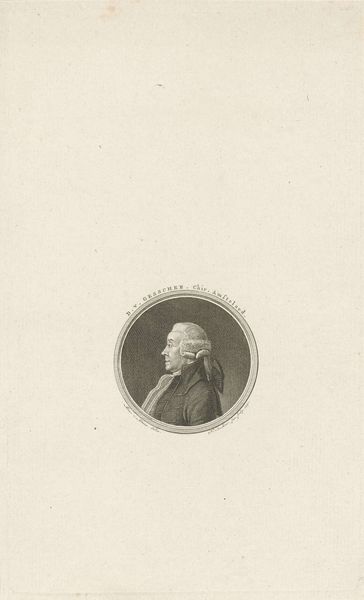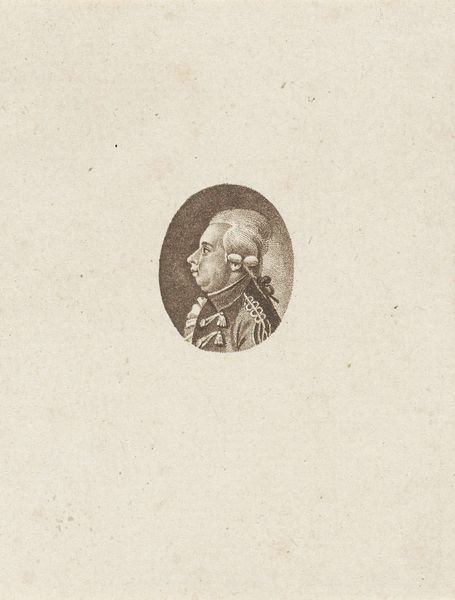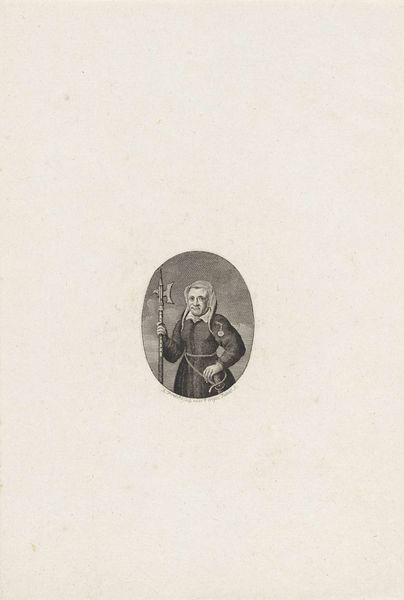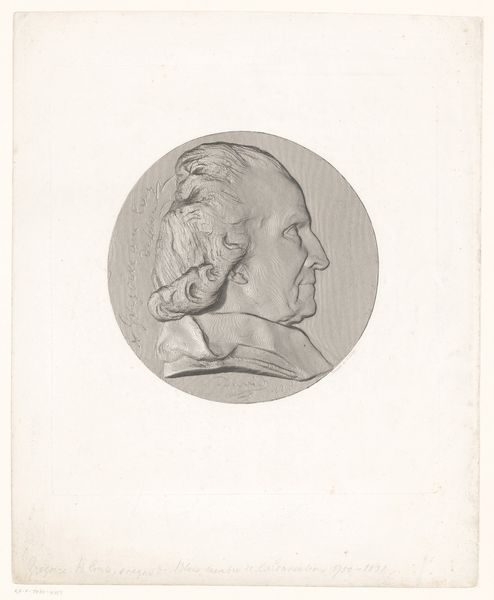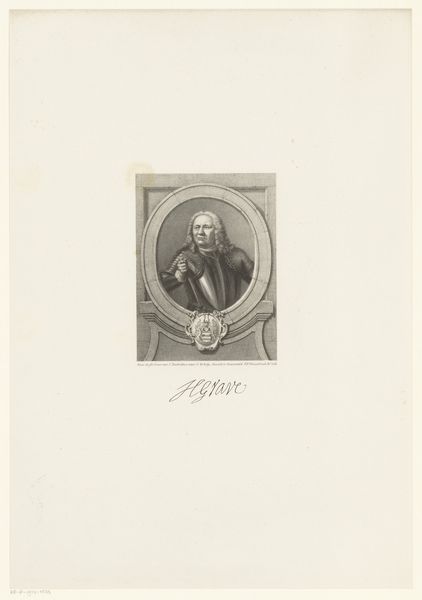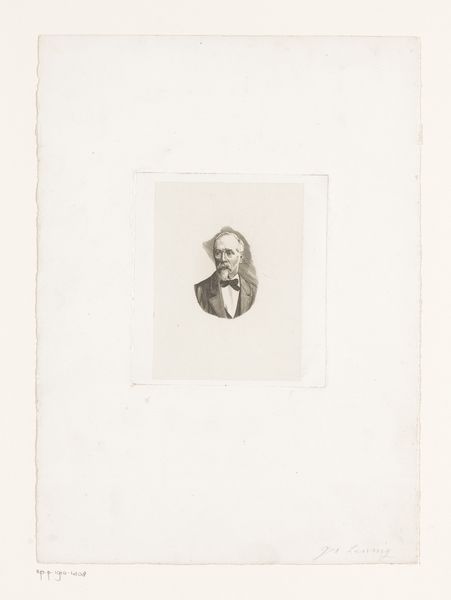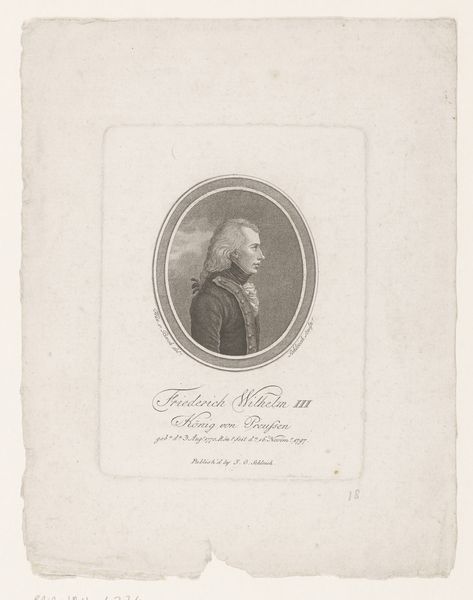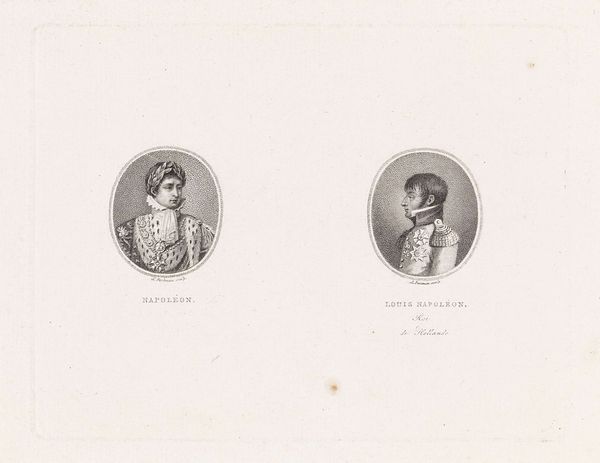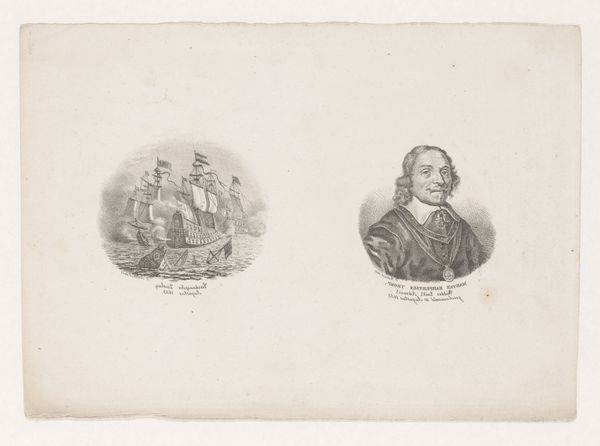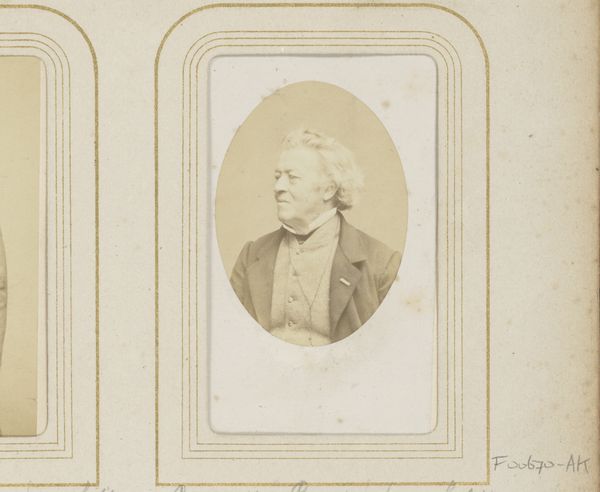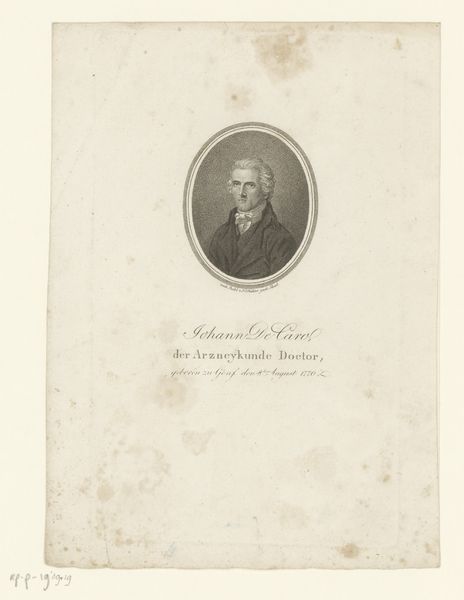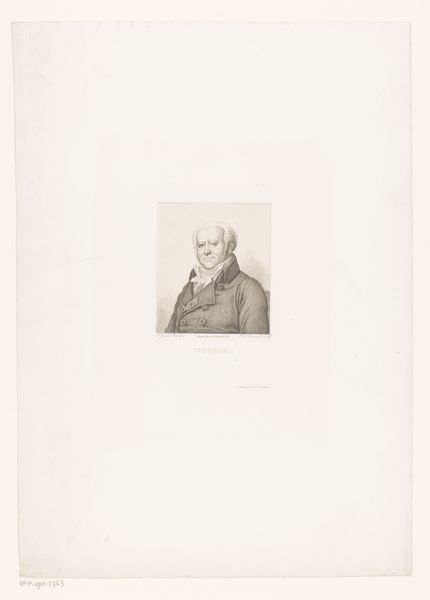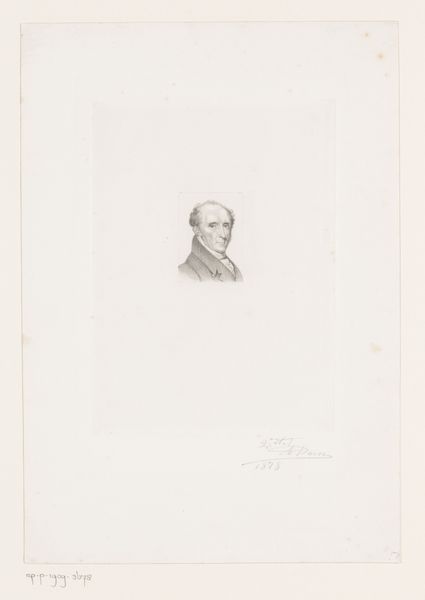
Portretten van Willem Jacob 's Gravesande en Hermanus Boerhaave 1821
0:00
0:00
Dimensions: height 243 mm, width 151 mm
Copyright: Rijks Museum: Open Domain
Editor: So, this is "Portretten van Willem Jacob 's Gravesande en Hermanus Boerhaave," an etching made in 1821 by Philippus Velijn, now hanging in the Rijksmuseum. It’s interesting to see these two portraits presented side by side like this; it feels very formal. What do you see when you look at it? Curator: I see the dawn of the Enlightenment and the solidification of a new, meritocratic academic class. Velijn gives us more than just a likeness; he offers insight into the visual construction of authority. Note how 's Gravesande and Boerhaave are presented within ovals – framing that suggests preciousness and permanence. What stories do their faces tell you, particularly considering the historical context? Editor: Well, they look serious, intellectual. But Boerhaave looks almost…tired? More human, maybe, than 's Gravesande. Curator: Exactly! And how might that "tiredness," as you put it, relate to Boerhaave's role as a physician versus 's Gravesande as a mathematician and physicist? Boerhaave’s work was intimately connected to the human body and its sufferings, placing him in a specific position within the medical and social structure. Consider also the gaze. Where does each man look? What power dynamics are implied by these gazes? Editor: I see what you mean. 's Gravesande looks straight out, confident, almost challenging. Boerhaave's gaze is softer, more internal. Does that suggest something about their differing levels of public engagement? Curator: Precisely. Think about how portraiture, especially in print, functioned as a tool for disseminating ideologies. Who got portrayed, and how, tells us a great deal about who held power and whose contributions were valued. Velijn’s piece, then, becomes not just an image but a cultural document, reflecting and reinforcing societal norms. Editor: This gives me a completely new perspective on something I thought was just a couple of old portraits! Curator: Seeing art as a reflection of its time, and a participant in its social dynamics, unlocks deeper levels of understanding. And, I hope, sparks crucial conversations about power, representation, and how we interpret images today.
Comments
No comments
Be the first to comment and join the conversation on the ultimate creative platform.

